
- You feel calm inside … and that calmness offers an ease of genius flow and vitality.
- You have emotive bursts popping up from inside.
- Sometimes they’re purposeful and other times you might cry over nothing at all. I believe this is your power offering itself to you to elevate the world.
- You fall in love with nature, animals, people, the Earth.
- You see wonders everywhere you look. And you want to put more of that wonderfulness into the world around you for others to thrive upon.
- It becomes effortless to energetically zing others up. The more you do this, the greater you feel.
- You see the potential in people and situations and aim straight for the new possibilities on offer in every circumstance.
- You feel younger than your years and look in the mirror to find that’s showing up in you physically too.
- You love easily with zero concern for a broken heart because this kind of love comes from a greater place with greater purpose and offers itself readily to all.
- You understand things at greater levels, eliminating the reactive responses that come along with a lack of comprehension of greater purpose at play.
- You feel more like the greater being you really are, finding ways to live this here on Earth.
- You discover you can talk to animals, trees, oceans, the universe, etc. and they energetically talk back to you with brilliant insights into how life is unfolding right now. We are increasingly interconnected as Source beings in a symbiotic version of reality.
- You become an alchemical elevancer of Life naturally and instinctively.
May grace, genius and greatness flow through us all now with wonder and joy.
About the Author:

Soleira Green is a visionary author, quantum coach, ALLchemist & future innovator. She has been creating leading edge breakthroughs in consciousness, quantum evolution, transformation, innovation, intelligence and more over the past 25 years, has written and self-published eleven books, and taught courses all over the world on these topics.

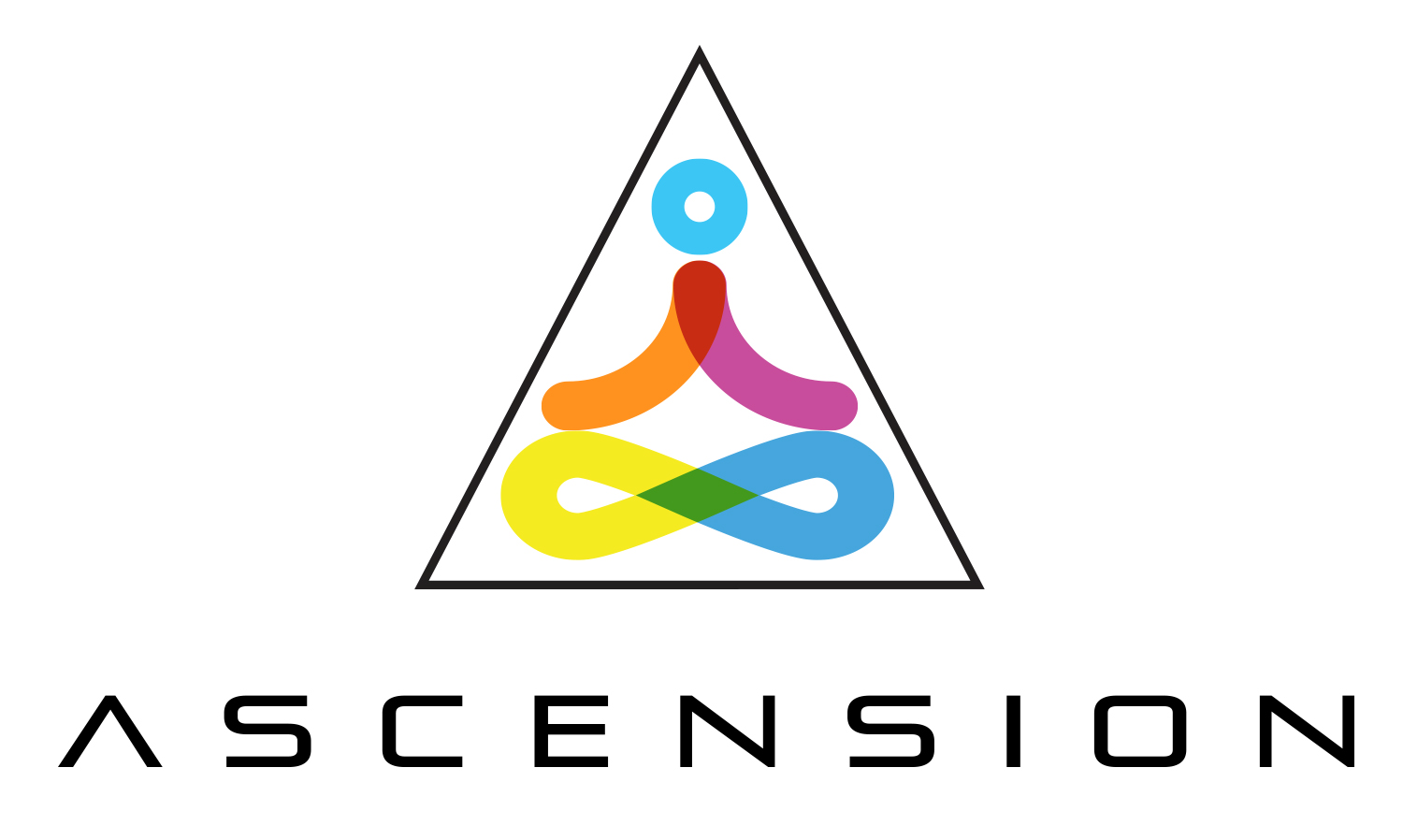
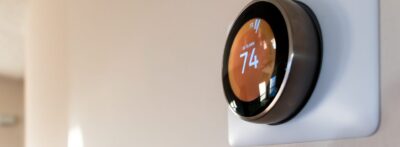
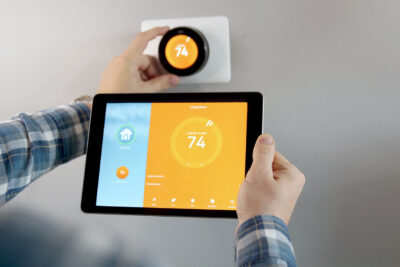 Some utilities now offer incentives to customers in exchange for the ability to control the smart thermostat when power demand is high. The utility’s control is often minimal and customers can typically override the utility setting, but a utility in Colorado recently locked thousands of customer thermostats during an “energy emergency.” If you enroll in this kind of program, be sure you understand what you may give up as a participant.
Some utilities now offer incentives to customers in exchange for the ability to control the smart thermostat when power demand is high. The utility’s control is often minimal and customers can typically override the utility setting, but a utility in Colorado recently locked thousands of customer thermostats during an “energy emergency.” If you enroll in this kind of program, be sure you understand what you may give up as a participant.
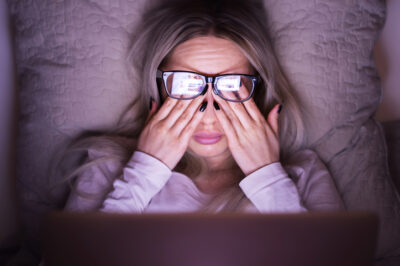 How close is the smartphone or laptop you’re reading this on from your eyes? Probably just a few inches. How long have you spent looking at a screen today? If you’re close to the average it’s likely to be over nine hours.
How close is the smartphone or laptop you’re reading this on from your eyes? Probably just a few inches. How long have you spent looking at a screen today? If you’re close to the average it’s likely to be over nine hours.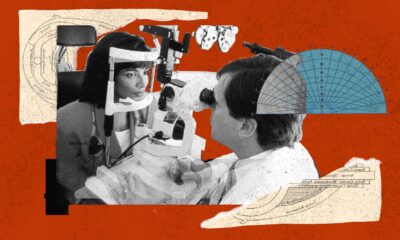 Straining vision introduces a host of eye-related health problems. And it’s more than just kids needing prescriptions. “People say ‘oh, it’s just glasses,’” says Dr Aaron Miller, a pediatric ophthalmologist at Houston Eye Associates. “The nearsighted have much higher chances of retina tears and glaucoma, bigger issues secondary to nearsightedness. It’s the long game we worry about.”
Straining vision introduces a host of eye-related health problems. And it’s more than just kids needing prescriptions. “People say ‘oh, it’s just glasses,’” says Dr Aaron Miller, a pediatric ophthalmologist at Houston Eye Associates. “The nearsighted have much higher chances of retina tears and glaucoma, bigger issues secondary to nearsightedness. It’s the long game we worry about.” In what now feels like an annual update, crows are even more surprisingly smart than we thought. But do they have true consciousness? Research shows that crows and other corvids “know what they know and can ponder the content of their own minds,” according to STAT. This is considered a cornerstone of self-awareness and shared by just a handful of animal species besides humans.
In what now feels like an annual update, crows are even more surprisingly smart than we thought. But do they have true consciousness? Research shows that crows and other corvids “know what they know and can ponder the content of their own minds,” according to STAT. This is considered a cornerstone of self-awareness and shared by just a handful of animal species besides humans.